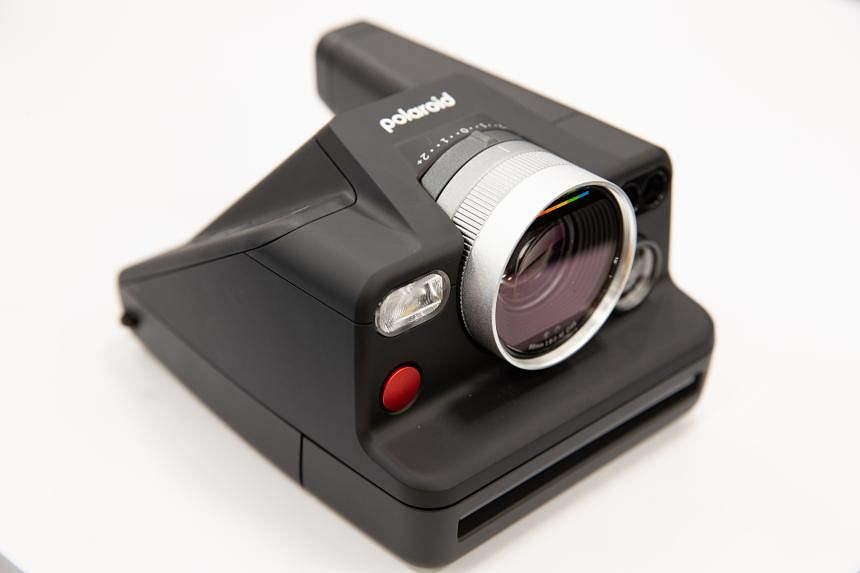SINGAPORE - Photographers can get creative with Polaroid’s new instant camera that features built-in manual controls for the first time. But be prepared to pay a hefty price.
It will take some time and a few packs of film to get the hang of photographing with the Polaroid I-2, and to figure out its exposure meter’s strengths and weaknesses. The film is also temperamental to work with especially in Singapore’s blazing hot weather, because the film development process is affected by temperature.
But when the exposure settings are dialed in accurately and the focus is on the subject, it spits out glossy square prints with dreamy colours and rich textures.
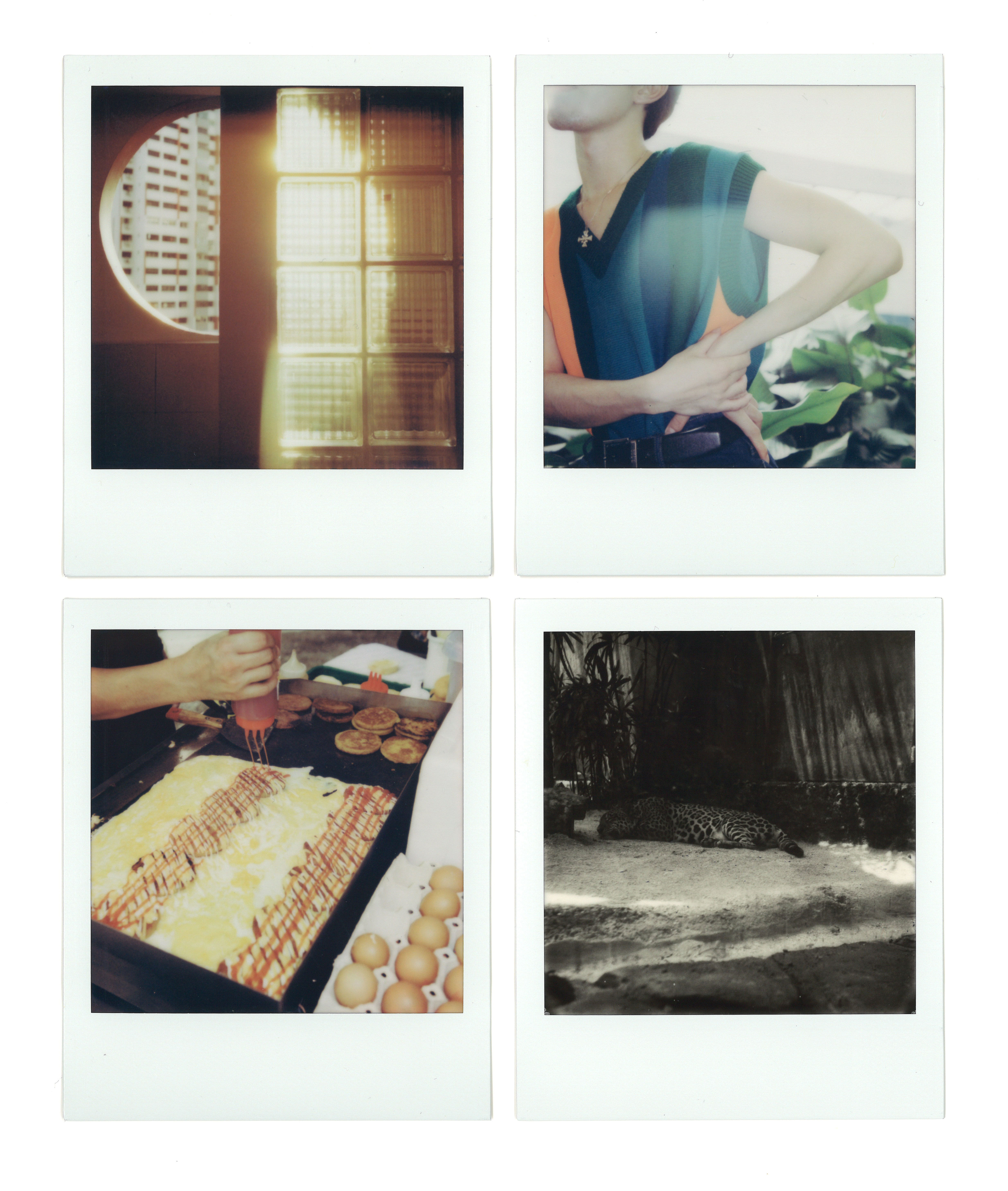
Since modern-day instant cameras are typically automatic point-and-shoot cameras, being able to manipulate light would be a game changer for hardcore Polaroid fans and professional photographers who love film.
That being said, the I-2’s price tag might cause them to pause at the checkout stage. The camera and a pack of film alone will set you back by €699.99 ($1,009) on Polaroid’s website, while a five-pack of i-Type film retails for €71.99.
A Polaroid Now Generation 2, a point-and-shoot, goes for €99.99 on its website now. It uses the same film as the I-2.
After taking a week and three packs of film to put the I-2 through its paces, I wish I had one but I will probably stick to my Polaroid SX-70 Alpha 1 for now. Here’s why.
Built-in manual controls
At last, Polaroid enthusiasts no longer have to modify their old cameras or turn to aftermarket retailers such as Mint Camera’s add-ons to manually adjust the shutter speed of the camera to control how much light enters the lens. The longer the shutter speed, the brighter the photo.
In full manual mode, the I-2 lets photographers choose apertures between f/8 and f/64 (the former setting provides a nice bokeh while the latter provides a sharp focus of all elements in the picture). Since the aperture is not that large, the camera may struggle in dimmer lighting conditions.
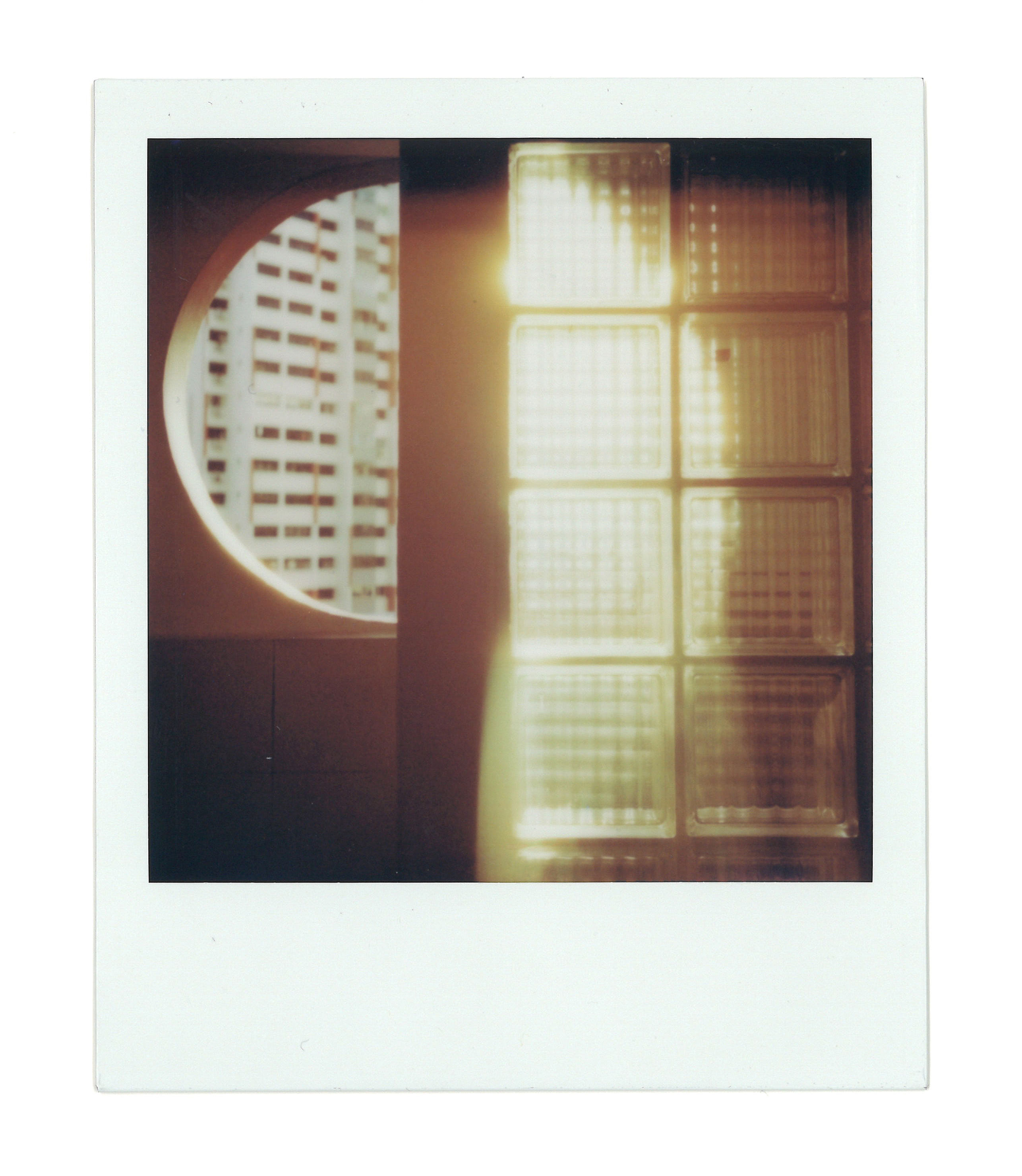
Don’t expect fast shutter speeds to shoot sports on this camera either. Its shutter speeds range between 1/250s and 30s, so the camera will struggle to freeze fast movements.
The i-Type film I used for testing had an ISO of 640, but Polaroid 600 film (ISO of 640) and SX-70 film (ISO of 600) are also compatible with this camera. The higher the ISO, the more sensitive the film is to light to produce a brighter image.
Light metering and automatic exposure modes
The I-2 relies on a centre-weighted metering system that covers 60 per cent of the viewfinder’s field-of-view. This means the camera tries to determine the settings for a well-exposed photo, where the highlights are not blown out and shadows are not crushed, from the information in the centre of the frame. Exposure is locked when the shutter is half-pressed.
I found that in well-lit or flatter lighting conditions, the aperture priority, shutter priority, fully automatic and multiple exposure modes worked like a charm.
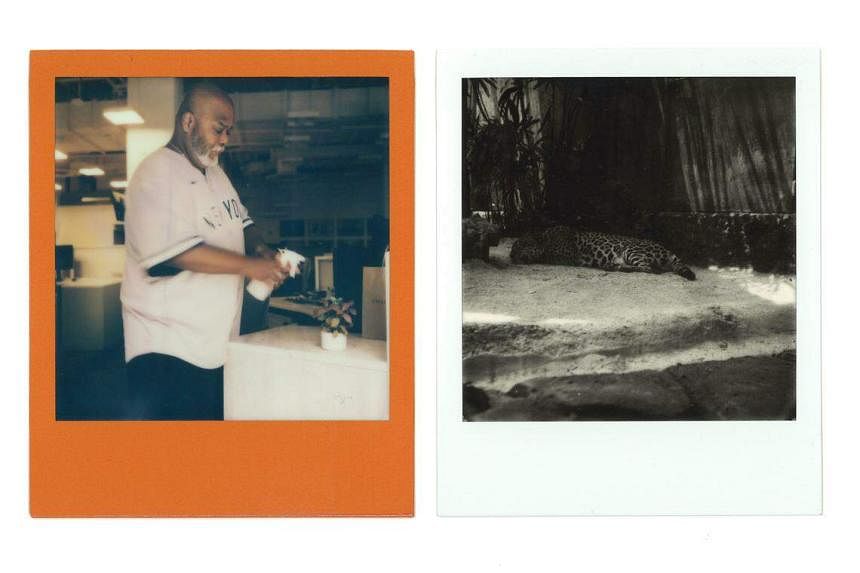
That being said, if you plan to solely rely on the fully automatic mode, the point-and-shoot Polaroid OneStep or Now would suit your needs better - and for much less.
As with digital cameras, the automatic modes struggle in tricky lighting conditions, such as very bright lights, low-light or backlit situations.
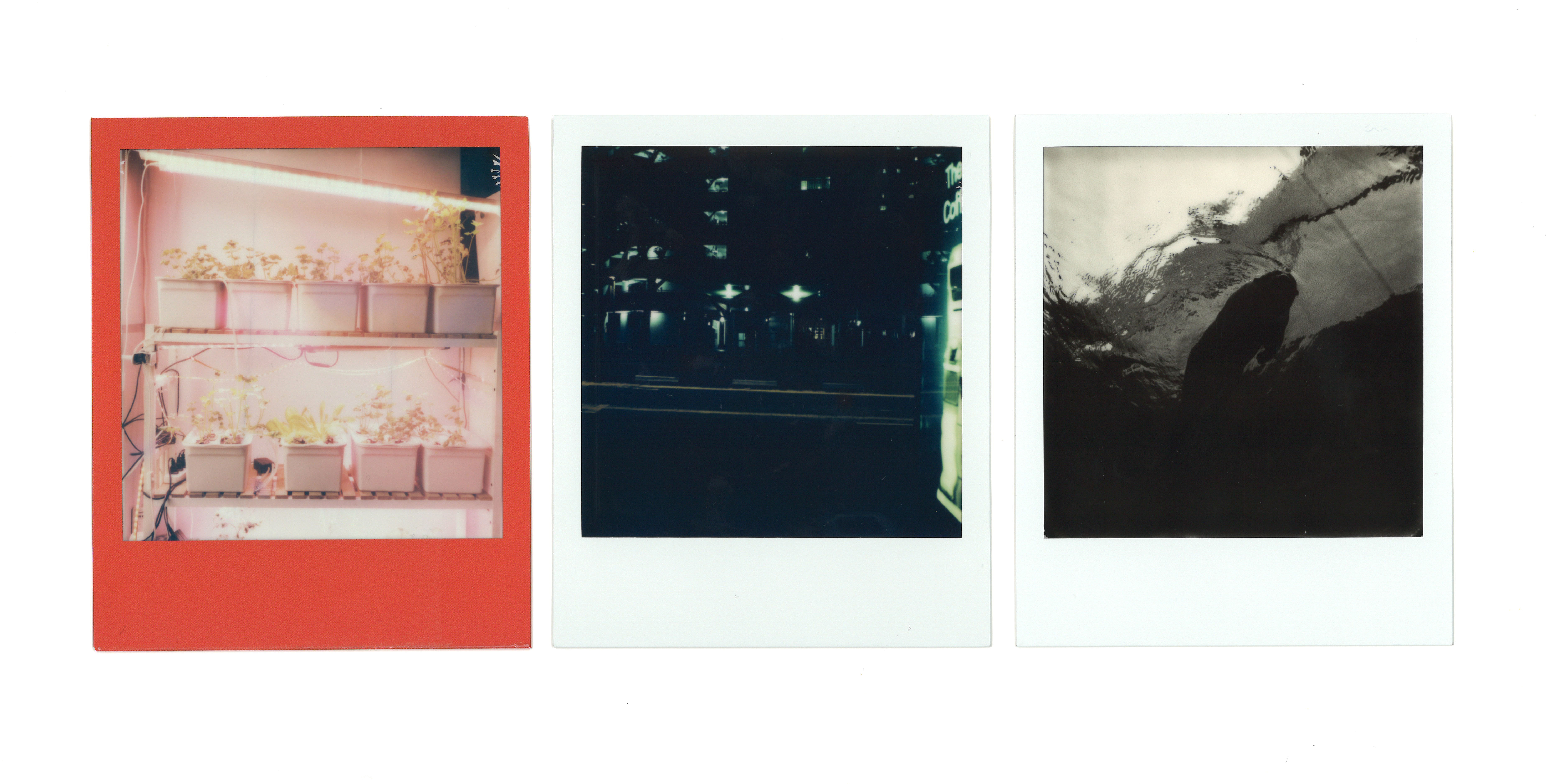
Autofocus and lens sharpness
Polaroid camera lenses are made of plastic instead of glass as the former is cheaper and more break resistant. But Polaroid claims that the I-2 is equipped with its “sharpest-ever” lens.
To test out the sharpness of the I-2’s plastic lens, I took two photos using the I-2 and my SX-70, which has a glass lens, at the same aperture of f/8. The results are similar with little visible difference.
Although there is only one autofocus point at the centre of the viewfinder, I had no issues locking the focus by half-pressing the shutter button before framing the photo.
Polaroid said it decided not to use an SLR viewfinder for the I-2 because it typically adds “significant cost and complexity” to the camera. Older cameras such as the SX-70 and SLR 680 had a mirror and prism system that allowed users to view the scene through the lens.
Camera body
As a whole, the camera body felt sturdy. Nothing rattled or creaked. I felt the matte black plastic cheapened the thousand-dollar camera - there was some aluminium only for dials on the lens and filter threads - but it kept the camera light at only 563g.
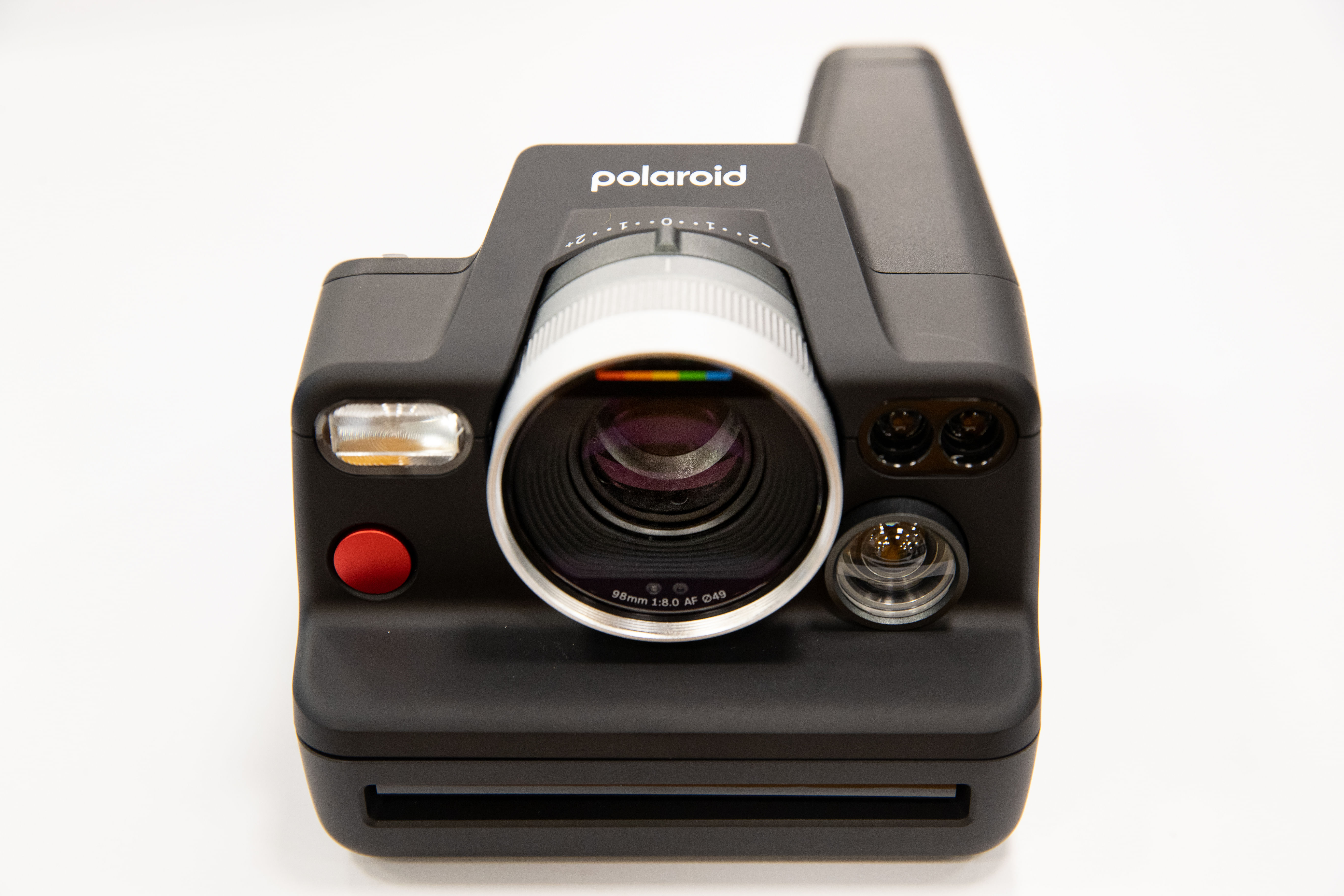
The screen, which is the control panel for the I-2’s inner workings, is visible even in sunny conditions.
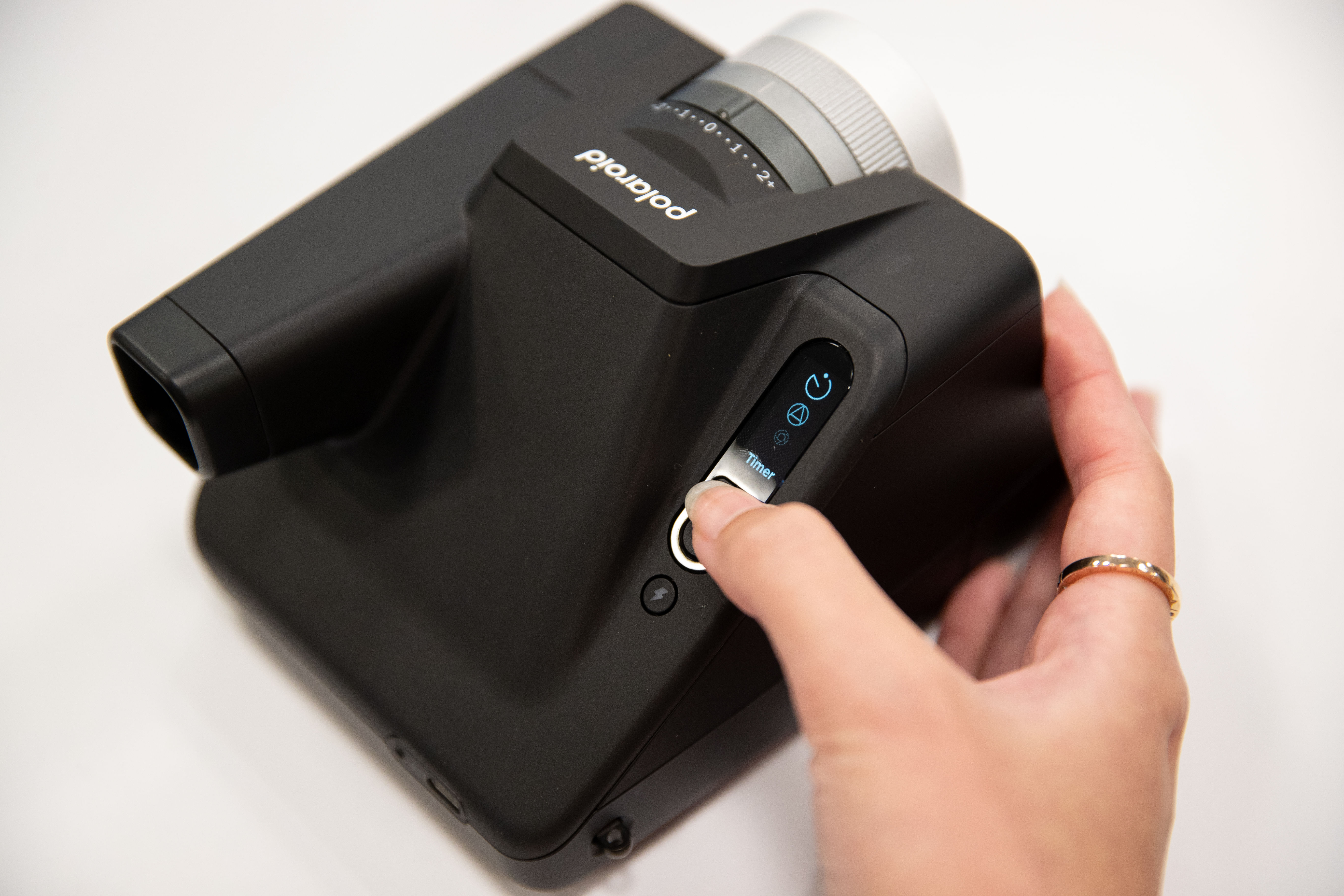
The camera charges via a USB-C port at the rear. According to Polaroid, you can expect about 15 packs or 120 shots per charge.
In my experience, the camera arrived with 3 of 4 bars of charge, and dropped by one bar after three packs shot.
Beside the USB-C port lies a 2.5mm flash sync which lets you get more out of the camera by connecting to external flash units.
There is also a self-timer mode - auto exposure only - built into the camera so taking photos with friends is a breeze.

Like the Polaroid Now+ and OneStep+, the I-2 has Bluetooth connectivity and pairs easily with the Polaroid App, available for both Apple and Android devices. Your device turns into a remote that lets you adjust settings and trigger the Polaroid from a distance.
Film quality
The iconic Polaroid aesthetic makes photos more evocative and romantic. Colour i-Type film is no different.
I love the faded blacks and colours that are nearly pastel. But because of these qualities, the film is not the best at capturing details in bright highlights or dark shadows.

If you prefer more saturated photos, Fujifilm’s Instax film might be more your speed.
The black and white i-Type film had good contrast and beautiful textures when exposed properly, but I felt that it was less forgiving when compared to colour film.
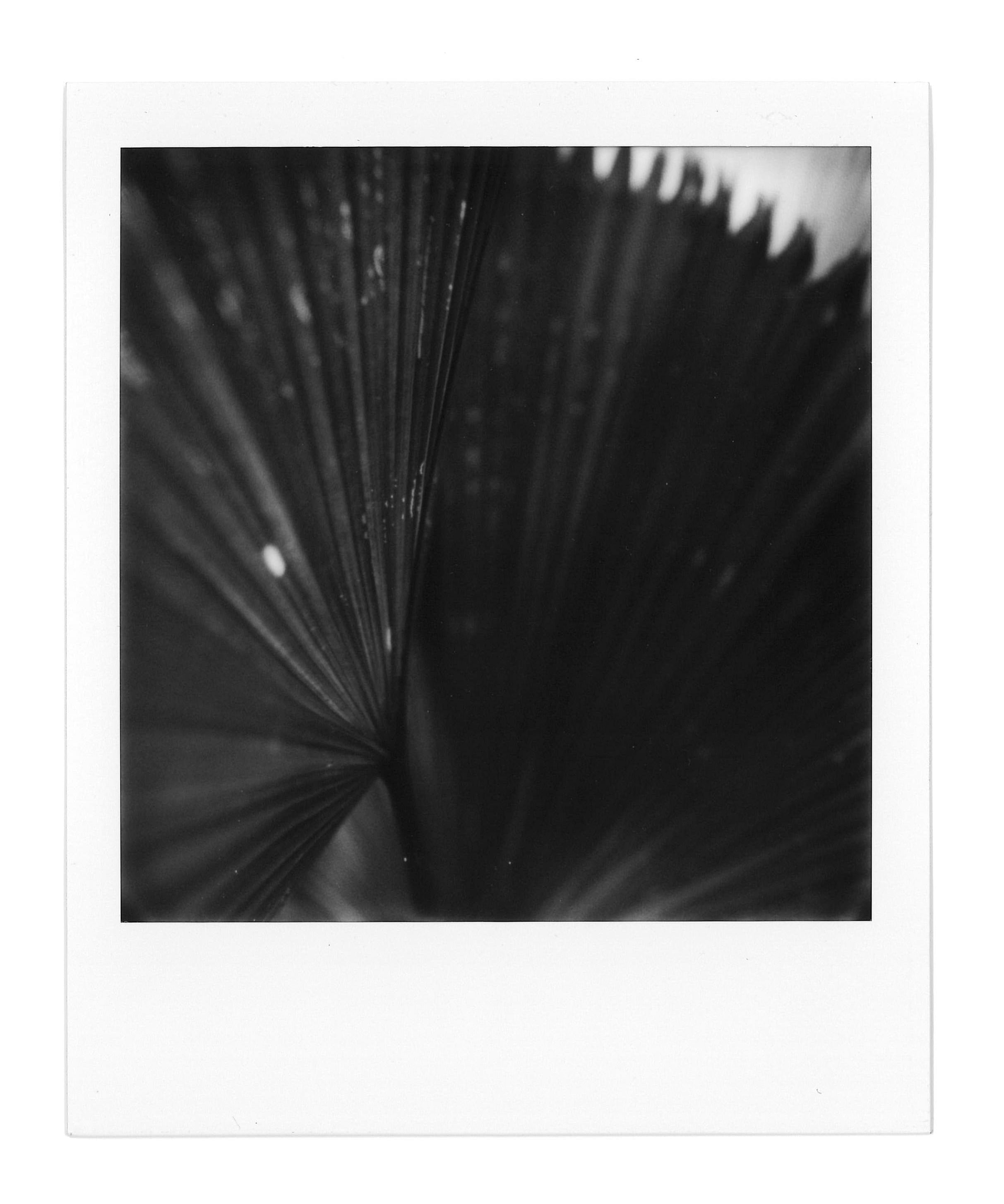
Polaroid film has another unfortunate flaw: its sensitivity to temperature.
Singapore was blisteringly hot in October. In the first two weeks, maximum temperatures rose above 34 deg C, according to the Meteorological Service Singapore.
A day after I received the review unit on Sept 29, I threw a pack of film into the camera and it sat at room temperature until I used it about a week later on Oct 8.
The first two photos and the last in the pack were just shades of pink. After the first two photos turned out pink, I kept the camera in an air-conditioned environment.

When I asked Polaroid, it said the low contrast and pink faded issues are usually caused by the temperature, and “it would be quite challenging, especially in Asian countries”.
Its website recommends shooting the film within two months of being loaded into the camera, as it will be exposed to ambient temperature and moisture levels then, but I think this runway might be a little shorter in sunny Singapore.
I was careful with the remaining two packs of film, storing them in the refrigerator and using them within one or two days. I did not face the issue again.
Overall performance
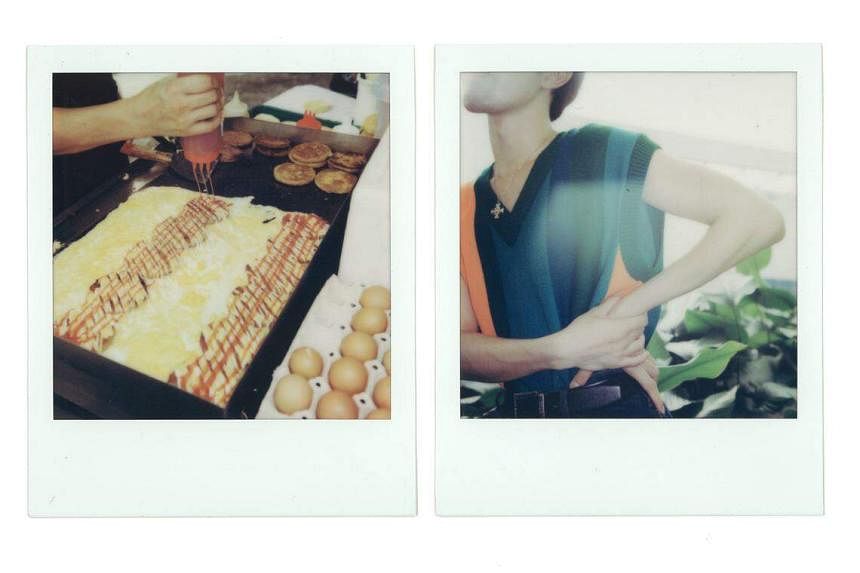
The I-2 gives you the nostalgia of shooting instant film, while embracing some of the cold precision of digital photos.
Its hefty price tag would be easier to stomach if it had a manual focus ring, aperture that is wider than f/8 and shutter speed that is faster than 1/250s.
